 .
.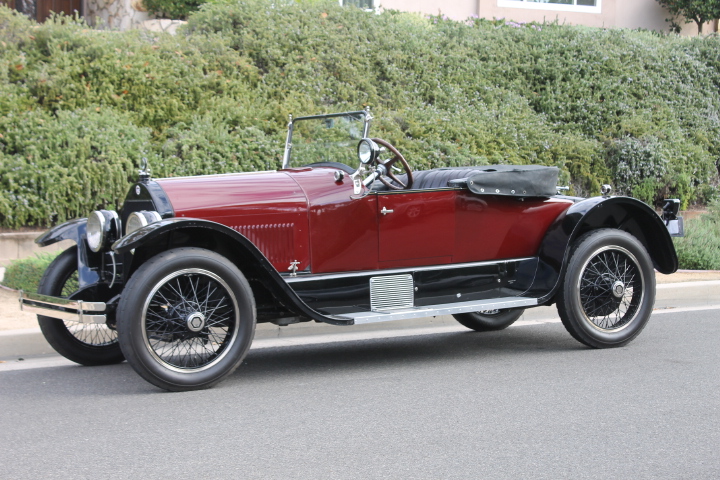 .
.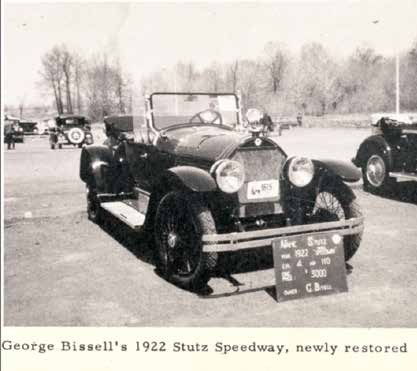 The car was cosmetically restored and painted maroon in the early ‘60s. The restoration was nicely done, though not body-off. It was then shown on June 20, 1964 at the Newport (RI) Festival. (The famous Newport Jazz Festival was held the following weekend and the Folk Festival two weeks after that.) The automobile event associated with the Festival was the VMCCA Eastern Section National Meet. In the July-August 1964 issue of the VMCCA journal, The Bulb Horn it was reported that the car won first place in Class 17 and garnered the most overall points at the meet. It was described as “newly restored.” The owner is listed as A.G. (Arthur Gilbert) Bissell, Jr. of Suffield, CT. In the magazine article, the car is incorrectly listed as 1922, apparently because the owner thought that was the correct year. Later in 1964 the car was shown at a VMCCA Connecticut Valley Regional meet. Following that it took a prize as best-of show 1920s car at Canton, CT, and won a top prize at a Sheffield, CT meet. The restoration was obviously well done. It had CT Horseless Carriage plate 1615.
The car was cosmetically restored and painted maroon in the early ‘60s. The restoration was nicely done, though not body-off. It was then shown on June 20, 1964 at the Newport (RI) Festival. (The famous Newport Jazz Festival was held the following weekend and the Folk Festival two weeks after that.) The automobile event associated with the Festival was the VMCCA Eastern Section National Meet. In the July-August 1964 issue of the VMCCA journal, The Bulb Horn it was reported that the car won first place in Class 17 and garnered the most overall points at the meet. It was described as “newly restored.” The owner is listed as A.G. (Arthur Gilbert) Bissell, Jr. of Suffield, CT. In the magazine article, the car is incorrectly listed as 1922, apparently because the owner thought that was the correct year. Later in 1964 the car was shown at a VMCCA Connecticut Valley Regional meet. Following that it took a prize as best-of show 1920s car at Canton, CT, and won a top prize at a Sheffield, CT meet. The restoration was obviously well done. It had CT Horseless Carriage plate 1615.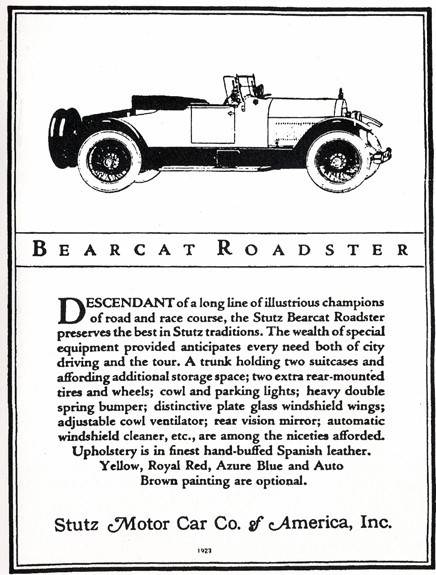 .
. .
. .
.


 .
.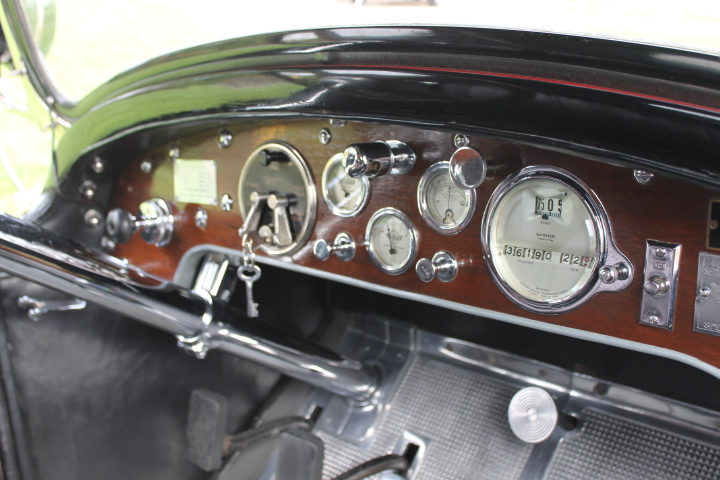 .
.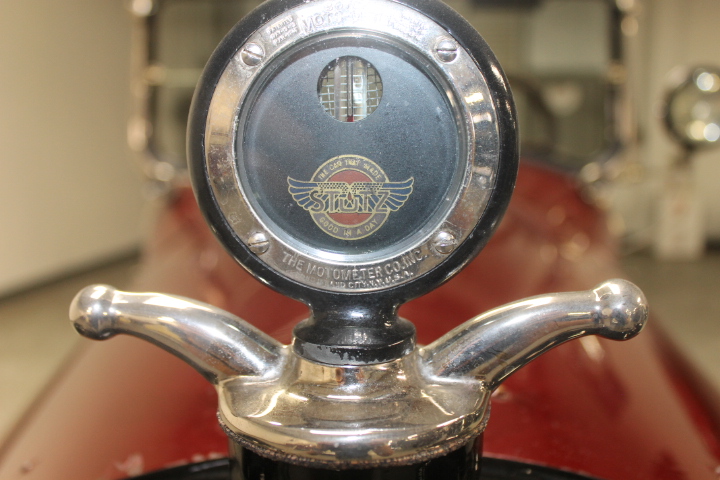 .
. .
. .
. .
. .
. .
.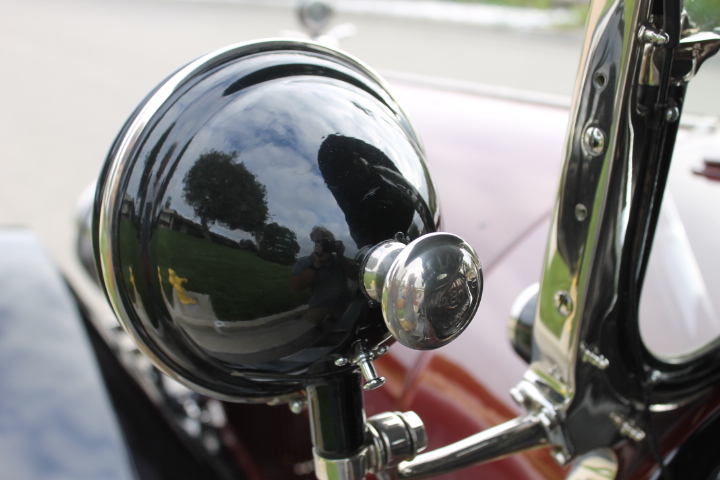 .
.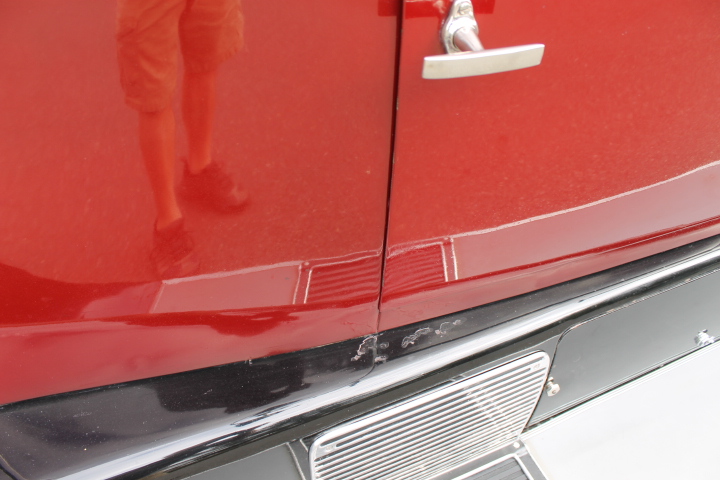 .
. .
. .
. .
.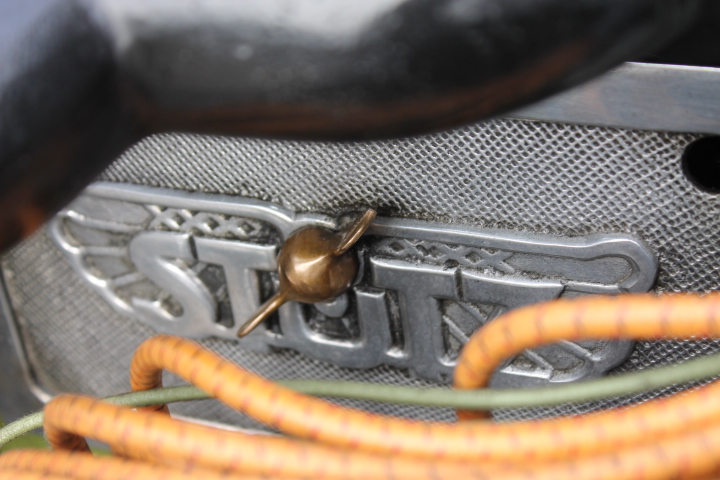 .
.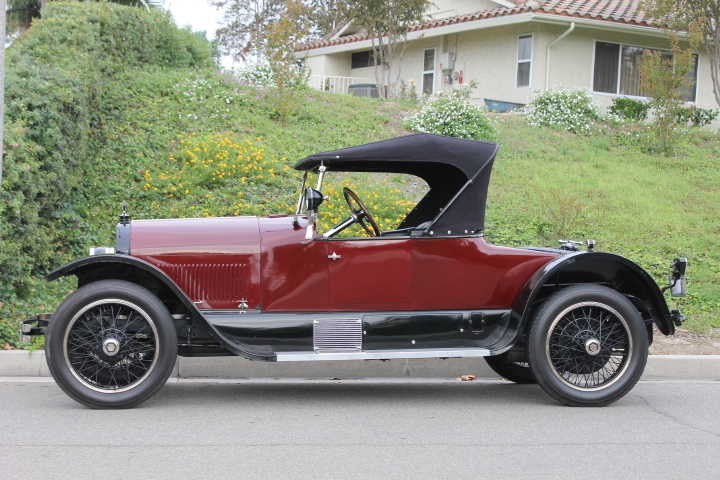 .
. .
. .
.